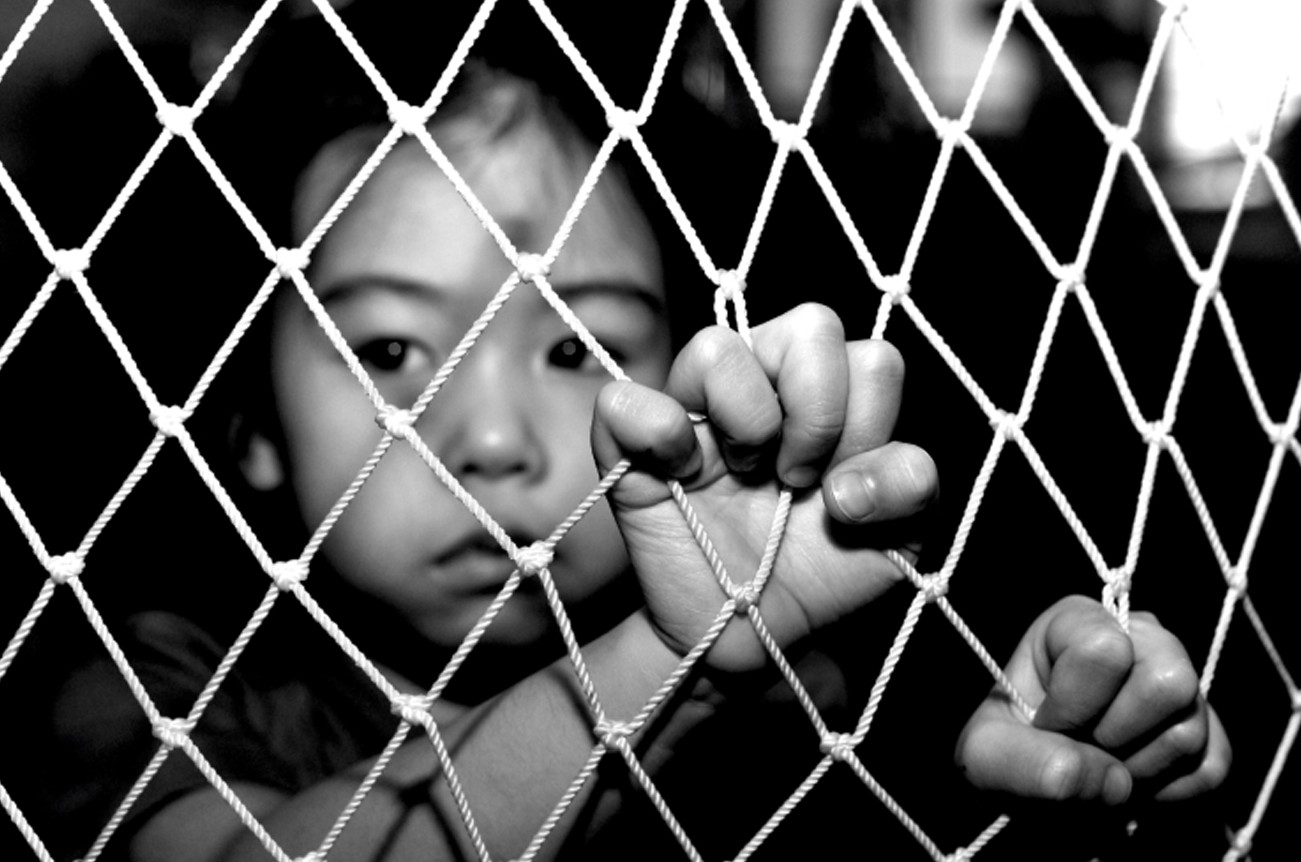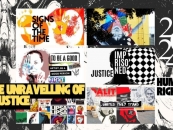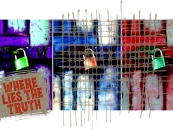-853X543.jpg)
WHO Guidelines for responding to Sexually Abused Children
by Yash Saboo November 3 2017, 11:43 am Estimated Reading Time: 3 mins, 17 secsSexual violence can have psychological, emotional, and physical effects on children. These effects aren’t always easy to deal with, but with the right help and support, they can be managed. Learning more can help you find the best form of care to begin the healing process.

Many psychological effects of child sexual abuse are seen in children of any age, as no child is psychologically prepared to cope with sexual stimulation. Even a two or three-year-old, who cannot know that the sexual activity is wrong, will develop problems resulting from the inability to cope with the effects of child sexual abuse.
In the short-term (up to two years), victims may exhibit regressive behaviours (e.g., thumb-sucking and bed-wetting in younger children), sleep disturbances, eating problems, behaviour and/or performance problems at school, and unwillingness to participate in school or social activities.
Longer-term effects of child sexual abuse usually include low self-esteem, a feeling of worthlessness, a lack of trust in adults and an abnormal or distorted view of sex. The effects can be so strong that the child may even become suicidal. Children who have suffered from sexual abuse are also at an increased risk of future abuse and may become child abusers themselves.
To tackle this problem World Health Organisation (WHO) has put up guidelines to help in giving the ideal care required by children who have suffered or gone through sexual abuse.
WHO recommends that healthcare providers put the best interests of children and adolescents first by assessing and promoting their safety; ensuring confidentiality and privacy; offering choices in provision of care; respecting their autonomy and wishes; and addressing the specific needs of boys and girls with additional vulnerabilities, such as LGBTI adolescents, children and adolescents with disabilities, and those from low socio-economic groups and indigenous populations, and ensuring provision of care to them without discrimination.
Health care providers are recommended to:
Provide first line support that is child or adolescent-centred and gender sensitive in response to the disclosure of sexual abuse.
Minimize additional trauma and distress while taking the medical history, conducting the examination and documenting the findings.
Offer HIV post-exposure prophylaxis and adherence support to those who have been raped and who present within 72 hours.
Offer emergency contraception to girls who have been raped and who present within 120 hours/ 5 days.
American Academy of Paediatrics, like WHO, issued guidelines for the evaluation of sexual abuse in children and states that the medical assessment of suspected child sexual abuse should include obtaining a history, performing a physical examination, and obtaining appropriate laboratory tests. Whenever the issue of possible child sexual abuse arises, 5 important issues should be addressed.
1) The child's safety - The health care provider must determine whether the child is at any risk for additional harm if he or she returns home.
2) Reporting to authorities - In the absence of imminent risk, the physician needs to determine if there is evidence of suspected abuse that would require him or her to contact law enforcement or child protection.
3) The child's mental health - The child should be assessed for possible mental health problems (e.g., PTSD, depression). If any are identified, appropriate emergency mental health care should be sought.
4) Need for physical examination - The physician should perform a thorough physical examination to determine whether the child has been injured, particularly if a child is reporting genital or anal pain or bleeding.
5) Need for forensic evidence collection - If the abuse was recent and involved the exchange of bodily fluids, the child should be immediately referred to those capable of gathering forensic evidence.
These guidelines will ensure the health and well-being of children and adolescents and implement the Global Plan of Action on strengthening the health systems response to violence against women and girls and against children, endorsed by the World Health Assembly in May 2016.
Sources:
https://www.healthyplace.com/abuse/child-sexual-abuse/effects-of-child-sexual-abuse-on-children/





-173X130.jpg)
-173X130.jpg)
-173X130.jpg)
-173X130.jpg)

_(7)-173X130.jpg)
-173X130.jpg)